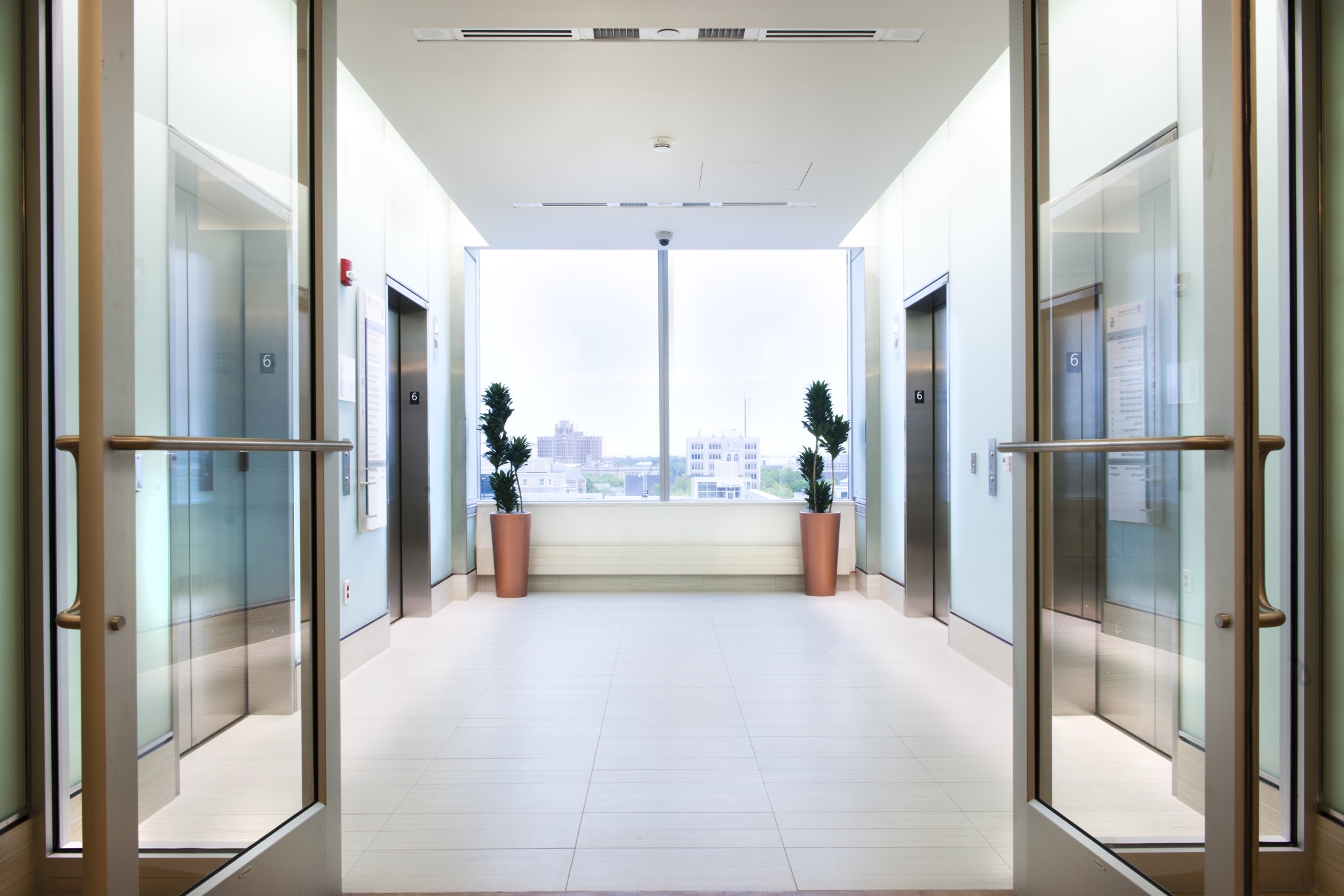
I began my career intent on changing the face of healthcare design. Working on complex design problems and having an opportunity to directly affect how someone heals in a space was the reason for choosing to be a designer.
We never quite know when our life choices are going to come full circle but my circle closed four years ago when my mother was diagnosed with terminal colon cancer. This was her third cancer diagnosis. She had breast cancer in her late thirties and what we thought was a successful battle with colon cancer two years prior to this final diagnosis. She began the fight of her life and I began to see healthcare facilities a bit differently.
This journey began with endless doctor appointments with my mother in five facilities and three states. I was no longer caring what the chair looked like that I was sitting in, or the upholstery on it. I found I was just happy if mom and I had a nice view out the window for the hours we spent waiting for appointments. As mom started different treatments, her mobility and strength suffered. The distance we had to travel to a restroom or to a diagnostic test became what I focused on. From my mom’s point of view, she was worried and needed things to distract her but not add to her stress. We always looked for the spot in the waiting room without the TV blaring. We experienced the full array of facilities from small doctor offices in MOBs to the large academic medical centers in New York. Through multiple trips and more doctors than I could name, we ended up in a pre-op in New York City on a cold February day watching an orchestrated group of staff poke and prep my mother for a 12-hour surgery. My father and I sat in a small room segregated from the main waiting room by low glass partitions. A nurse came to check in with us about every 45 minutes. We had a view of a children’s playground across the street which became a great distraction and all I could concentrate on. We had a small TV monitor at the end of the hall that gave periodic updates on where our “patient” was in their surgery. Dad paced in front of it along with other worried families.
I do not have a lot of memories of the healthcare spaces I occupied during this time. What stuck with me are the things that worked without me thinking. The large window views to the children’s playground. The exam room with sun pouring in that mom could sit in so she was not as cold waiting for her exam. The waiting room that had comfortable chairs and foot stools so mom was more relaxed waiting an hour for our appointment. The pantry easily accessible for families where I picked up hot tea and crackers to help mom with her nausea. The hospital-owned hotel room I was able to stay in that was exactly across the street from mom’s hospital room. The small quiet consult room with a back door to the surgery department that the doctors came in to discuss how the surgery went. My mom and I sitting at the foot of her hospital bed streaming an episode of her favorite TV show on my laptop. There were things that made us laugh, too. The shuttle from one facility to another was always an experience. The roommate in her hospital room had the best sense of humor with us and worst temper with her family. The really handsome plastic surgeon we met with who made mom blush. I have asked myself after all of this did it really matter that the spaces we were in were well designed, spacious, comfortable and light-filled? It took me awhile to really reflect on this and be able to say whole-heartedly ‘yes.’ The spaces made it possible for the doctors to talk to us face-to-face in a relaxed manner, made it possible to visit five specialists in one building, made it possible to do a full range of diagnostic tests in two facilities in one day and in the end allowed us to have hope.
As any friend or family member of a designer knows, we rarely ever just occupy spaces. We turn furniture upside down, pull tape measures out of our bag in restaurants, and take photos of details incessantly. This journey with my mother made me really reflect on the spaces I design in a whole new way. Why are we driven to push ourselves and our clients to design spaces with the latest technology and latest design research implemented? I believe it is for all of our moms, fathers and loved ones. Cancer is never a diagnosis anyone wants to hear, but a cancer facility can be the place where you gain the hope back you need to fight the fight.





